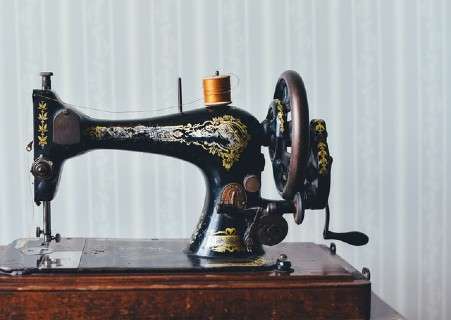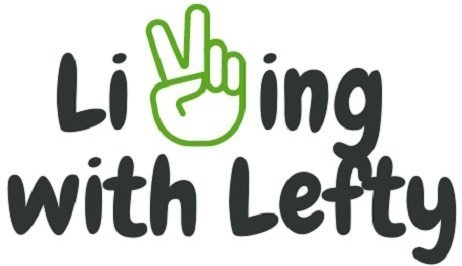“Are there left handed sewing machines?” This question is often asked by lefties who are new to the sewing world. The answer is yes, there are, but they’re not actually left-handed. Most of the sewing machines used commonly in homes are righty and lefty-friendly. Many discussions have taken place over whether sewing machines should be altogether left- or right-handed.
Ever since the invention of the first mechanical sewing machine in 1830, the design has undergone several changes. One theory is that the designers of sewing machines, Elias Howe and Isaac Singer, were reportedly left-handed themselves and preferred to use their non-dominant hands to crank the wheel while using their dominant hands for all the other important tasks. Another theory is the total opposite, which says that right-handers would need more strength to crank the machine, so the crank was placed on the right side of the machine.
Nowadays, while both right- and left-handed people can use modern sewing machines equally well, left-handed people have it slightly easier in the beginning. This is because the mechanism allows lefties to learn how to operate the sewing machines quickly. Right-handed people may find themselves continuously adjusting their position or adapting to using their left hand for dexterous work. For the average person, it is perhaps a question of personal preference. Most people, regardless of what their dominant hand is, can learn to use the sewing machine effectively with time and patience.
Are Sewing Machines Right Handed?
The earliest models of sewing machines were designed to be operated manually by a hand crank. Most people have stronger right hands as they use the right hand as their dominant hand; hence the crank was placed on the right side of the sewing machine. This meant that most of the delicate operations of the sewing machines, like threading the cotton through the needle, were done by the left hand.

Modern day home machines are, of course, more right-handed friendly. In many cases, the bobbin is loaded from the front, the needle is threaded from the front, and the foot lifter is located on the right.
It’s the industrial machines that make handedness more complicated. Almost all industrial machines load bobbins from the left, thread needles from the left, and unscrew foot changes from the left, so at the minimum, there could be some reason to doubt the original theory that sewing machines were designed to be easy to use for right-handers.
The hand crank was removed when the foot pedal was introduced in sewing machines. Since there was no use of the hand crank now, the design should have evolved to favor right-handed people. However, the configuration of the sewing machine remained the same.
It is equally possible that this design is another case of “if it ain’t broke don’t fix it”, with the conclusion that left-handed people should be able to use industrial machines more comfortably than most other technologies or tools that exhibit handedness. When it comes to sewing, left-handers would do well to get a pair of good left-handed sewing scissors or a rotary cutter for lefties. Although not necessary, a left-handed measuring tape is useful if you don’t want to read the numerals on the tape upside down.
Do They Make Left Handed Sewing Machines?
You are able to see two of the original Singer’s left-handed sewing machines in the industrial exhibits of the London sewing machine museum. These have the balance on the left. This whole line of machines was called “Singer Class 18” and was designed to be used for shoe vamping and other leather work.
Industrial sewing machines are typically easier for left-handers to use in the beginning. Left-handed people can manage the tasks and handle the fabric easily with the regular configuration. All commercially available home sewing machines are right-handed even though there is no hand crank to be seen, and instead, there’s only a flywheel that doesn’t need a continuous operation.
The concept of a modern left-handed sewing machine was brought to life by Rex Pulker. All the functions of the current sewing machine are the same; they have simply been moved to the opposite side. This was done because the majority of the people are right-handed and will be able to use their dominant hand more effectively in dexterous sewing tasks.
If right-handed people were to use left-handed sewing machines, they would learn to sew quicker than before since they can perform delicate tasks more easily. New learners of the sewing machine may find this type of sewing machine especially useful since they are entering the sewing industry with their hand and motor coordination fully adapted to their ease. However, this machine has still not entered the market and until it does, righties will have to continue to use a regular sewing machine.
